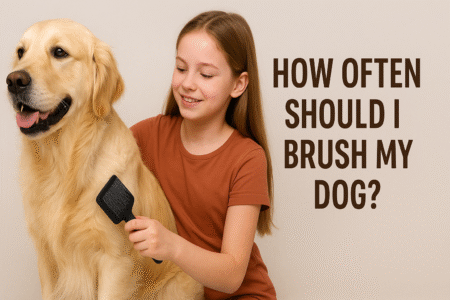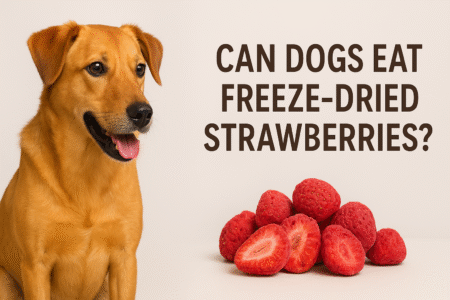When it comes to taking care of our beloved dogs, hygiene is paramount. However, an often overlooked aspect of maintaining their health and cleanliness is the care and maintenance of their grooming tools, particularly their brushes. If you’re a proud owner of a Pitbull or any breed for that matter, this guide is for you. We’re about to delve into 6 proven tips for cleaning your dog brush.
1. Understanding the Importance of a Clean Dog Brush
Before we jump into the cleaning tips, it’s vital to understand why a clean dog brush is crucial. By keeping the brush clean, you not only extend its lifespan but also reduce the risk of spreading bacteria and germs on your pet’s skin. The act of brushing can also stimulate their skin’s natural oils, promoting a healthy, shiny coat. And for breeds like Pitbulls with their short, dense fur, choosing the best brush for Pitbull and keeping it clean is the first step to a well-groomed dog.
2. Regular Cleaning is Key
The first tip in our arsenal is to clean the brush after every use. Regular cleaning doesn’t have to be a tedious task. After each brushing session, remove the loose fur and dirt by simply pulling it off with your fingers or using a wide-toothed comb to remove the entangled hair. Regular cleaning prevents the accumulation of hair, dirt, and other debris, leading to a more manageable deep cleaning session.
3. Deep Cleaning the Dog Brush
The second tip revolves around deep cleaning. It is recommended to deep clean your dog brush at least once a month, depending on how often you use it. Here’s a simple step-by-step guide on how to do it:
- Remove as much hair as possible from the brush.
- Prepare a mixture of warm water and mild dog-friendly soap or shampoo in a bowl.
- Submerge the brush in the soapy water and gently scrub it using an old toothbrush.
- Rinse the brush thoroughly under running water.
- Pat it dry with a towel and let it air dry completely to prevent the growth of mold or bacteria.
4. Sanitizing Your Dog’s Brush
Our third tip involves an extra layer of cleanliness: sanitization. After the deep cleaning, consider sanitizing the brush to kill any lingering bacteria or germs. Soak the brush in a solution of half water, half white vinegar, or pet-safe disinfectant for about five minutes, then rinse it thoroughly and let it dry.
5. Proper Storage of Dog Brushes
The way you store the brush post-cleaning also plays a crucial role in keeping it clean. Store the brush in a dry place with good ventilation to prevent the growth of mold and mildew. You may also consider a brush cover or storing it bristles-down to prevent dust accumulation.
6. Knowing When to Replace the Brush
Our final tip is knowing when to bid farewell to your current brush. Despite regular cleaning and care, dog brushes are not meant to last forever. Signs of wear and tear like bent bristles or a loose handle indicate that it’s time to invest in a new brush.
Conclusion
Cleaning your dog’s brush may seem like a small detail in the grand scheme of dog grooming, but it makes a significant difference in maintaining your pet’s overall health and hygiene. By regularly cleaning, deep cleaning when needed, sanitizing, and storing your dog’s brush correctly, you’re not only ensuring a well-groomed coat but also preventing potential skin issues. And remember, even the best brush for Pitbull, or any breed, requires proper care and eventual replacement. With these tips at your disposal, maintaining your furry friend’s grooming routine just became a whole lot easier.




















Leave a Reply